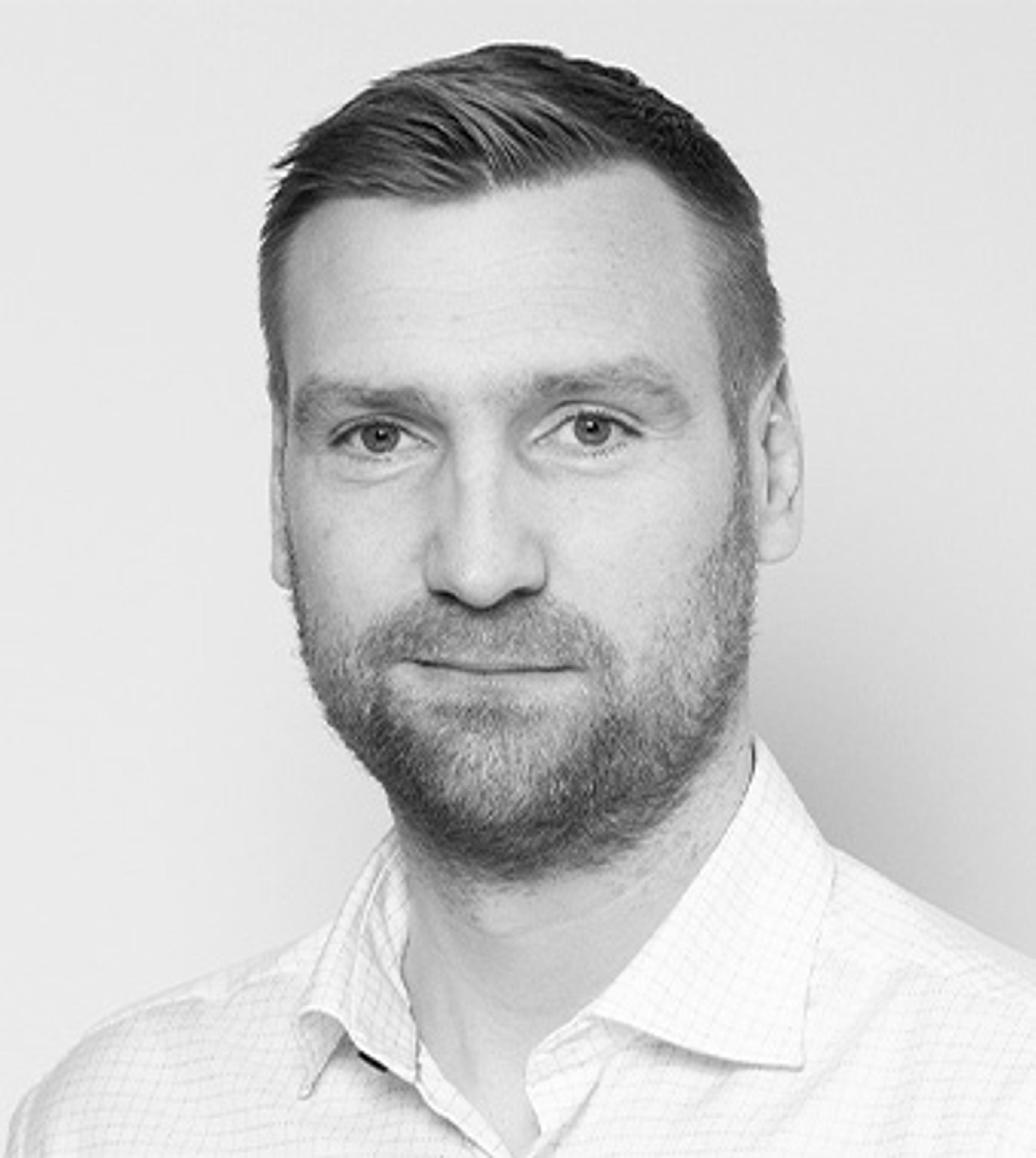Friction Welding 2.0


Facts
About the project
The purpose of the project is to investigate and test friction welding as the ideal joining of copper and aluminum conductors to large currents and high voltages.
Challenge
Contact transitions with large-dimensioned conductors carrying large currents and high voltages tend to corrode in the contact surface. This poses a risk of heat generation and direct fire hazard. The challenge is further complicated and challenged by changing materials, including both aluminum and copper.
There is a possibility that theoretical and practical analysis, testing and documentation of friction welding of workpieces with contact transition between aluminum and copper can be the solution. This should therefore be tested in real environments and with large currents.
Solution
The overall purpose of the project has been to prepare a study of components that have been friction welded by Aviatec. Based on experience, it has been observed that welding increases the durability of the components; also compared to one-piece components. Therefore, a study has been prepared which performs an independent analysis of the welded components both at the experimental and theoretical level so that the increase in strength from welding can be explained.
In particular, the project has helped the industrial partners gain insight into some of the processes they have optimized through experience in recent years. The simulation results from the study of the friction-welded components have also been used to improve the companies’ marketing efforts and clarify to potential customers why their solution is better than traditional solutions.
The main delivery of the project
Aviatec friction welder components, where copper and aluminum are joined in relevant sizes and designs (for the Aarhus light rail). The components are then studied and analyzed in laboratories at AAU and SDU – both theoretically and experimentally. The goal is to be able to explain the increased strength of the component after friction welding.
Want to learn more?

Skibsbyggerivej 5, 3rd floor.
9000 Aalborg
Navitas
Inge Lehmanns Street 10
8000 Aarhus C
House of Offshore Innovation
Channel 1
6700 Esbjerg
Port House
Vendersgade 74
7000 Fredericia
BLOXHub
Bryghusgade 8
Entrance C, 3. sal
1473 København
Alsion
Alsion 2
6400 Sønderborg
Frederiksborgvej 399
bygning 108
4000 Roskilde
©Energy Cluster Denmark 2025